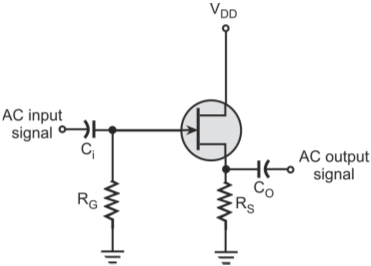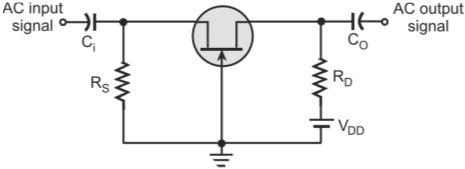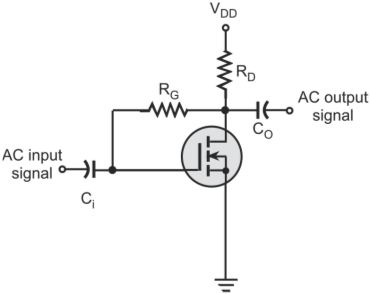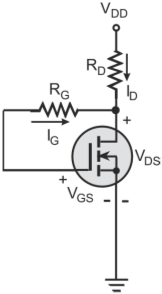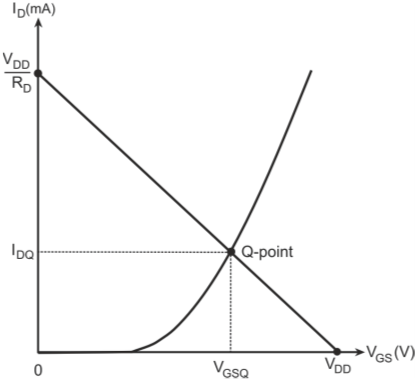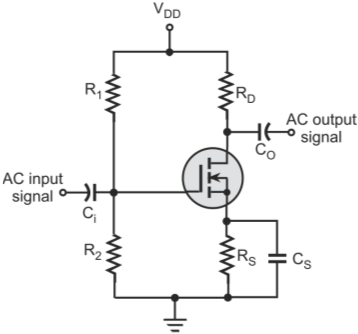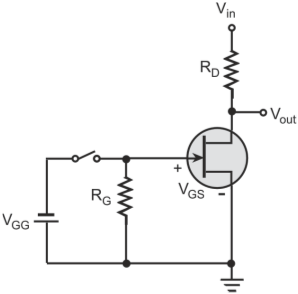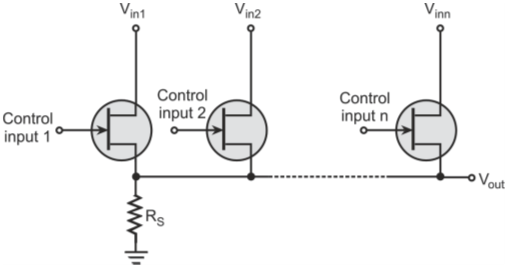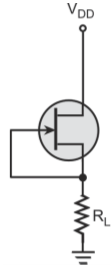Similar to the common-collector configuration, the common-drain configuration also offers high input impedance, low output impedance, nearly unity voltage gain and no input–output phase reversal.
Discover, Learn and Innovate
Your Trusted Online Resource for Electronics
Share on Social Media
Popular Post
Popular Post
© 2023 Electronicspedia All Rights Reserved | Designed by Aarohan Research Lab
